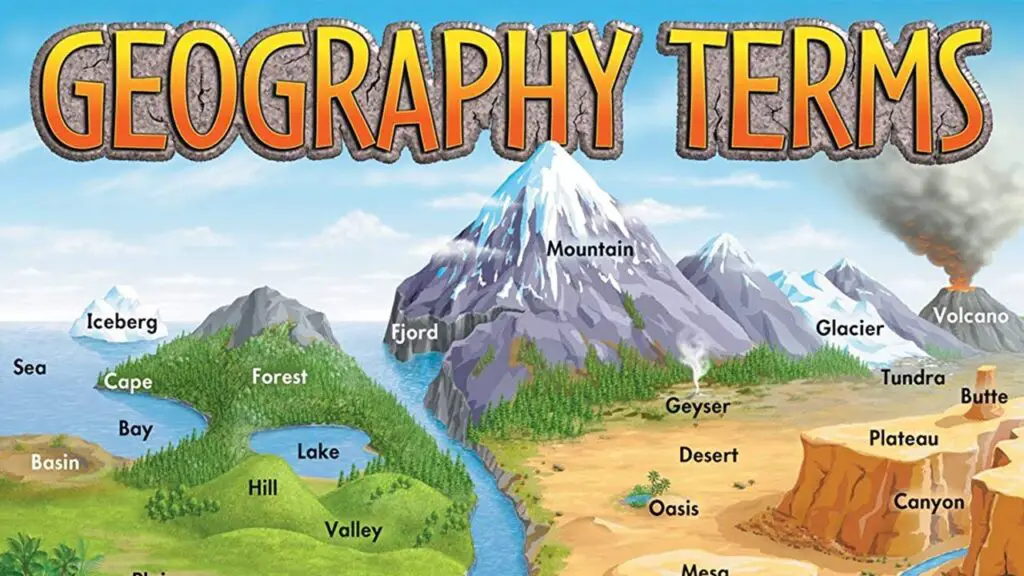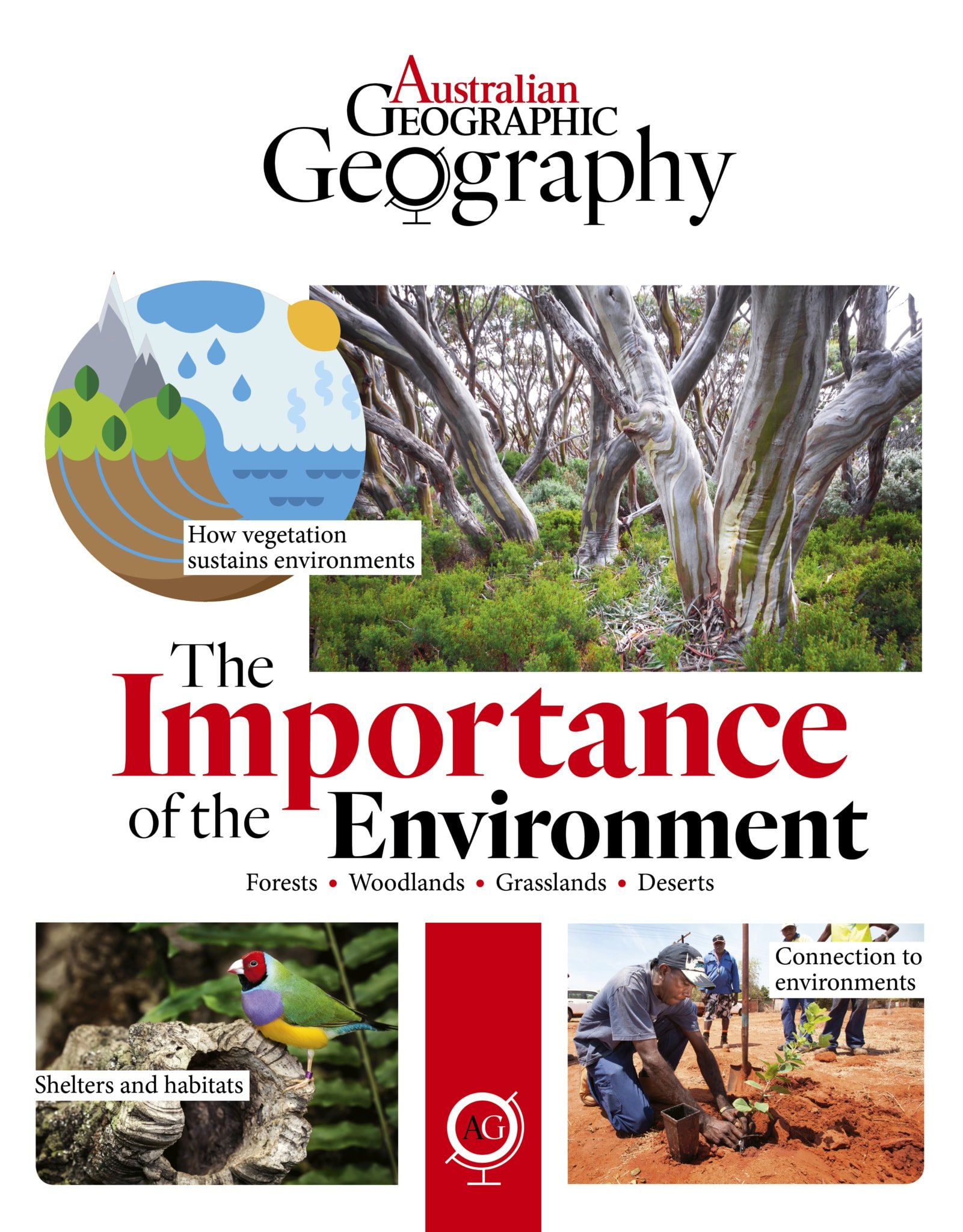Geography, at its core, is the study of Earth and its diverse landscapes, people, environments, and the relationships between them. When applied to environmental science, geography provides an essential framework for understanding how natural processes and human activities shape our world. Environmental science focuses on the interactions between the natural world and human society, and geography helps by providing spatial insights into these complex relationships.
The role of geography in environmental science cannot be understated. It offers tools, such as Geographic Information Systems (GIS) and remote sensing, that allow researchers to map, analyze, and visualize environmental phenomena. From studying the impacts of climate change to managing natural resources, geography in environmental science helps to answer critical questions about our environment and how we interact with it.

Core Concepts in Geography for Environmental Science
Spatial Patterns and Environmental Systems
One of the most critical contributions of geography to environmental science is the study of spatial patterns. Geography examines how natural and human-made features are distributed across the Earth’s surface and how these distributions affect environmental systems. Spatial patterns help scientists understand phenomena like climate variability, the spread of pollution, and changes in land use.
For example, consider the urban heat island effect, where cities tend to be warmer than surrounding rural areas due to the concentration of buildings, roads, and other human activities. Geographers use spatial data to study this phenomenon, helping environmental scientists develop strategies to reduce heat in cities, such as increasing green spaces or using reflective materials in construction.
In another example, the geographic distribution of deforestation can be mapped to reveal patterns of land use change. By understanding where deforestation is most severe, environmental scientists can propose targeted conservation efforts and assess the potential impact on biodiversity and carbon storage.
Key Facts:
- Spatial analysis allows for the identification of environmental patterns and anomalies.
- Mapping tools, like GIS, enable the visualization of data on a large scale, helping to highlight areas of environmental concern.
- Understanding spatial patterns is essential for managing resources like water, forests, and land.
Geographic Information Systems (GIS) in Environmental Science
Geographic Information Systems (GIS) are among the most powerful tools available for combining geography and environmental science. GIS is a system designed to capture, store, analyze, manage, and present spatial or geographic data. Its applications in environmental science are vast, from tracking wildlife migration to predicting natural disasters and assessing the impacts of climate change.
With GIS, researchers can overlay different types of data on maps to analyze the relationships between various environmental factors. For example, a GIS map might show areas of high pollution in relation to population density, helping scientists determine where environmental health risks are greatest.
Applications of GIS in Environmental Science:
- Conservation Efforts: Mapping habitats of endangered species to prioritize areas for protection.
- Resource Management: Monitoring forest health and planning sustainable logging operations.
- Disaster Response: Predicting the path of hurricanes or wildfires and coordinating emergency responses.
Case Study: Tracking Endangered Species with GIS In many regions, endangered species are monitored using GIS. By mapping their habitats, migration routes, and breeding grounds, conservationists can track changes in their environments and take action to preserve critical areas. For example, in the case of sea turtles, GIS data helps track their movements across oceans, allowing researchers to protect key nesting sites from human interference.
Key Uses of GIS in Environmental Science
| Application | Example |
|---|---|
| Habitat Mapping | Identifying critical habitats for endangered species |
| Pollution Tracking | Mapping sources of air and water pollution |
| Disaster Prediction | Forecasting the impact zones of hurricanes and wildfires |
| Climate Change Analysis | Monitoring shifts in climate patterns over time |


